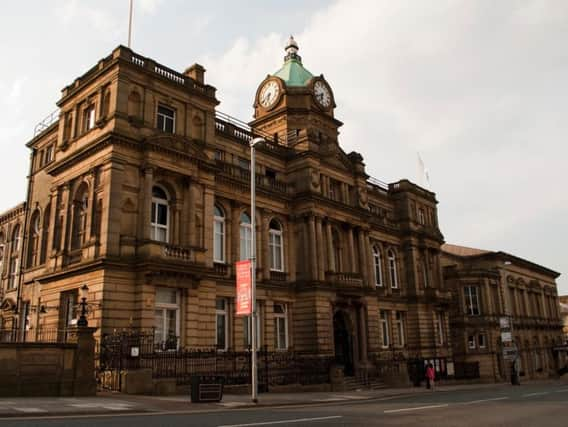London vs Burnley: Report highlights gaping chasm of government investment


The report, published by The Guardian following a study by the newspaper for their London Versus series, starkly displays the palpable imbalance which is experienced by those living in - or rather, lucky enough to be able to afford to live in - London and those who reside elsewhere.
When it comes to average take-home pay, which is what is remaining from your wage following tax deductions and other requisite payments such as loans are deducted, the average in Burnley is just £14,604 compared to around £27,000 in London, with the average across the rest of the UK outside the capital being £19,000.
Advertisement
Hide AdAdvertisement
Hide AdThe trend continues with house prices. With a home in Burnley costing an average of £91,995 - the cheapest in the country - someone buying an averagely priced home in Kensington and Chelsea - where the average house price is £1.4m, the highest in Britain - could purchase 15 houses in Burnley for the same amount. The London average is £430,000, while the non-capital UK average is £200,000.
Showing that financial inequality is a precursor for health discrepancies as well, the rate of depression in Burnley is almost twice as high as in London. In Burnley in 2017/18, 11.2% of the adult population were diagnosed with depression by a GP compared to 7.1% in the capital and 10.2% as a non-London UK average.
The figures correlate with regards to obesity as well: 11.9% of people in Burnley were diagnosed as obese by a GP in 2017/18 contrasted with just 7.7% in London and 10.1% across the UK excluding the capital. aptly demonstrating the gorge-like North/South divide, "the 25 areas with the highest diagnosis rates are either in the Midlands or the north of England," the report said.
Spending per head on transport in the North West stands at just £528, while in London it is £1,019. However, the main area in which the capital suffers compared to the rest of the country is with regards to air pollution. With the breathing of air containing fire particles linked to a host of negative conditions, Public Health England uses the PM2.5 count to make mortality estimates: in Burnley there are just 7.5 micrograms per cubic metre (μg/m3), while the non-London UK average is 9 micrograms per cubic metre (μg/m3). In London, it is 12.2 micrograms per cubic metre (μg/m3).
Advertisement
Hide AdAdvertisement
Hide AdMeasuring the ease of traditional cultural experiences, the report also measure the average distance to the nearest museum in each local authority. People in Burnley are, on average, 2.3 miles away from their nearest museum, which drops to just 1.9 miles in London, but increases to a whopping 6.7 miles across the UK as a whole excluding the capital.
Finally, looking at the average price of a Wetherspoons pint shows that in some parts of London, a pint of Carling costs more than £4, over double other areas of England - in Lancashire, the average 'spoons pint costs £2.77, while in London it is £3.15. Across the UK as a whole (excluding London), the average is £2.95.